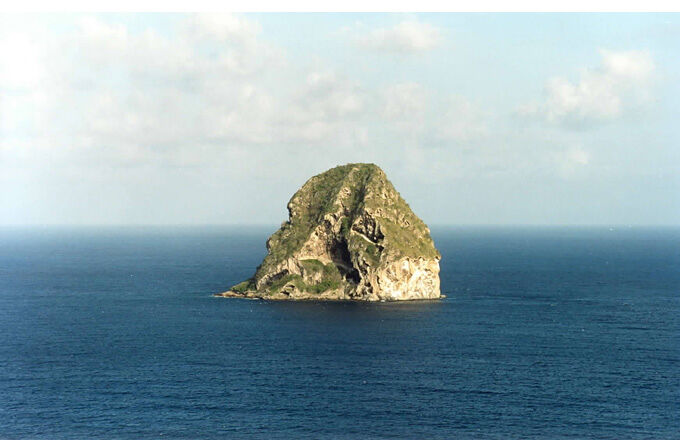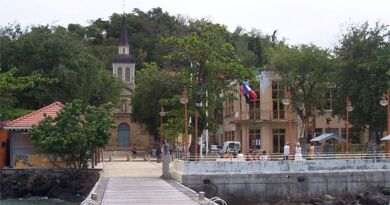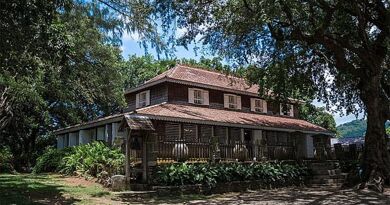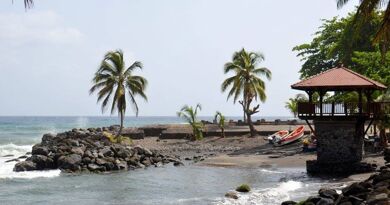Le Diamant
The city of Diamonds takes its name from the Rock, a 175m high volcanic peak, located off the city. It was so nicknamed long before colonization by the first sailors who sailed around. And this sweet poetic name would have been inspired by the brilliance of its angular forms which reminds so much of the precious stone. Covering an area of 2,834 m2, the city today has approximately 6,191 inhabitants.
In 1862, after merging with the neighboring towns of Sainte Luce and Anses d’Arlet, to form the commune of the South, the Diamond was finally erected as a commune by imperial decree. Today, between shores and gloomy, the city extends over 18 districts which each offer multiple facets, reflecting the diversity of the city. City of history, the Diamond is also full of cultural sites to visit: at Anse Caffard: the house of the convict, the Cap 110 memorial and the Marine Grotto, in the village: Saint-Thomas church, Bernard David Museum Space, the Neg Mawon statue and at O’Mullane, the Maison du Gaoulé.
Bagnard House
It owes its name to its constructor Médard ARIBOT nicknamed “the convict” because he spent 25 years in the convict of Guyana. When he left, this illiterate and taciturn artist settled in Le Diamant in the 1950s, where he lived from his creations: boat sculptures, busts … This house has been listed as a Historic Monument since October 2006.
Cape 110 Memorial
On April 08, 1830, a clandestine slave ship anchoring at Anse Caffard was the victim of an extremely violent swell and broke against the reefs to be completely destroyed. On the occasion of the one hundred and fiftieth anniversary of the abolition of slavery, Laurent VALERE created this set of 15 monumental white statues facing the CAP 110 ° EAST (in the direction of the Gulf of Guinea from where the crew departed) .
Diamond Rock
Le Rocher du Diamant is a volcanic vestige dating back a million years, it was occupied by the men of Commodore Samuel HOOD from 1804 to 1805. They participated in the blockade of Martinique. The Rock is then, supplied by a Saint Lucia ship “the Diamond rock”. Nowadays, the English consider it a real warship that their ships salute in passing. Since 2007, cameras have been installed on the Rock and from Father DAVID’s Museum you can observe Avian and underwater fauna.




